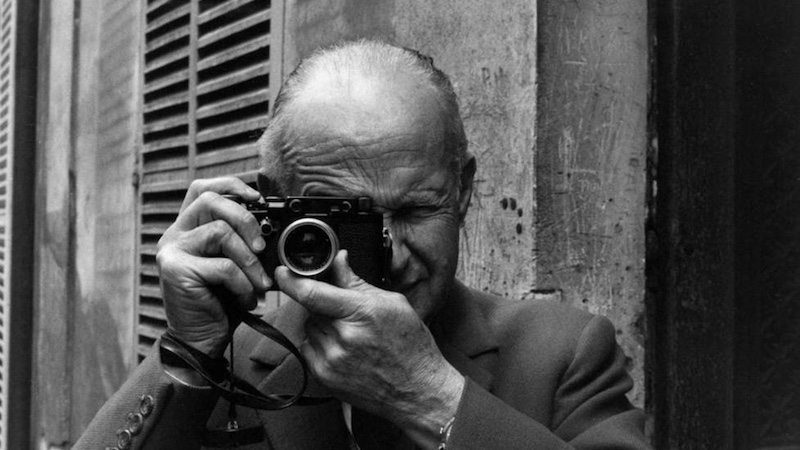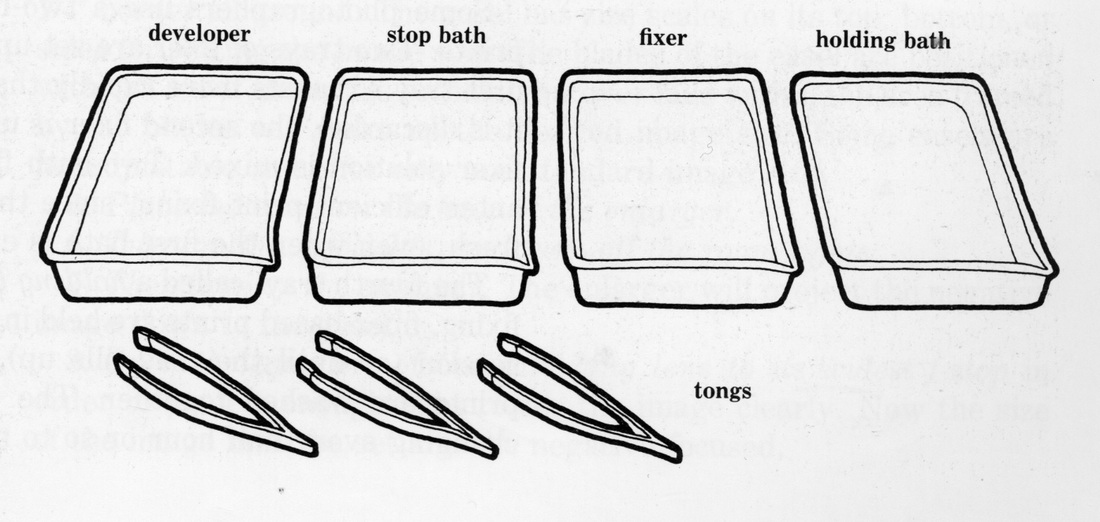Assessment Task 3: Report
Natalie Aarons s3601713
I declare that in submitting all work for this assessment I have read, understood and agree to the content and expectations of the assessment declaration – https://www.rmit.edu.au/students/support-and-facilities/student-support/equitable-learning-services
Blog Posts:
Course Prompt:
How do the affordances of Instagram affect the way photos and videos are authored, published and distributed in the network
Title of report: Creating content is available to everybody.
(Word count: 1061)
Introduction:
In todays digital landscape everybody has the ability to whip out their recording device and become distributors, archivists and curators (Kuc and Zylinska, 2016). Through utilising platforms like Instagram, amateur photographers like myself can understand the affordances and contraints of the platform which aims to guide us users to author, publish and distribute our very own content. This report suggests that Instagram’s effective integrated and streamline process provides the ability for individuals to author, publish and distribute content. Furthermore through evaluating the affordances and contraints of the platform users can opt for what creative process will best suit and benefit their creative process.
Background:
Throughout this course we have been deciphering the key terms in the course prompt, this was in order to understand their functions. As this report concentrates on the affordances of Instagram, it’s crucial that first affordances is understood. The term affordances was coined by Don Norman, who defines it as the “perceived and actual properties of the thing, primarily those fundamental properties that determine just how the thing could be used”. (Norman D, 2013). Moreover, it is the relationship between an interacting agent and perceived properties of an object. (Norman D, 2013). In relation to Instagram, this looks that the various tools Instagram provides its users in the creative process.
In assignment two, I worked to define the terms authoring, publishing and distributing. These terms are important to understand for the rest of this report. In the context of media authoring is the process of creating and developing content. This can include capturing and editing photographs, videos, audio or texts to produce media content. The way media is authored is reliant on the devices used to capture the content and the software used to edit and publish it. Publishing refers to the methods in which content is prepared for consumption. When publishing video and photo content originates on one type of medium, if the content is shared and circulated through outer platforms and devices then it has been distributed. Distributing is the process of sharing and spreading media content to larger audiences. This can be done on social media platforms fro example.
Evidence:
Creating my own networked media content has enabled me to understand Instagram’s affordances and constraints as well as helped me consider the theory within the networked media course. Over the last three weeks I utilised the platform to author, publish and distribute my content to the Instagram account “s3601713”. I found that when posting videos and photos to my account I was able to understand the user experience in its full entirety. Before this project I would only use third party apps to capture and edit my content before uploading it to Instagram (Manovich, 2016, p12). However for this project I only the platform Instagram in order to really understand the affordances of the platform. I acquired some crucial insights from this experience that will enable me to answer the course prompt.
Instagram encourages users to capture, edit and upload content in a streamline process. I found that the entire experience of capturing and recording content within the app, then editing and creating captions, geotags and hashtags was effective and convenient. Overall, the process aided me to be able to create content easily without having to seek the help of other applications. However, through my experience I also noticed there were some constraints within the platform that made it impossible to be content with my posts. I found that the camera’s square constraints made it hard to capture everything I wanted to in a particular photo. Furthermore, I struggled with the videoing feature, having to continue holding down the record button made it hard to concentrate on the object of my film. As well as the inability to playback the video before proceeding to the editing stage made it hard to know if you were happy with the video. In terms of the distributing, it took me a few posts to get the hang of it, at first I was only using popular Hashtags to circulate my posts and I did see some engagement but not much. What I learnt from this is that I needed to link my Instagram account to other networks in order for distributing to really work, therefore I decided to link this account to my other Instagram account which has a larger audience.
Evaluation:
The affordances of Instagram enables users to facilitate their own creative content, this is done through a single platform that streamlines the entire authoring process and aids anybody to create content. The simplicity of this platform alongside its incorporated constraints, is what makes this process friendly and pleasurable for users (Manovich, 2016). However, it’s important to note that while these constraints can foster creativity for some people, they can also discourage artistic freedom in others as the constraints imposed by Instagram’s features don’t leave much room for variety.
Furthermore, I think it is important to consider Instagram as an application that was created to allow users too easily produce their own content. William Gaver suggests, the necessity of understanding the relationship between technology and the user, as well as the affordances of a design proposes ways to develop the usability of new artefacts, (Gaver, 1991). Highlighting, the importance of evaluating affordances so that improvements can be made. We can understand quite a bit about instagram and its users from actually experiencing the process of authoring photos on Instagram, By doing this we can begin to navigate what contraints need to be updates and what affiances work to effectively promote content creation. However, I do believe it’s think it is important to consider Instagram as an application that was created to allow users too easily produce their own content.
Conclusion:
My report looks at both the affordances and contraints of Instagram,. This experience has allowed me to author my own content as well as evaluate what developments could be made to better the experience. I have learnt that the authoring, publishing and distributing process on Instagram is streamline and enables anybody to create content. The simplicity of Instagram’s process incorporates its contraints, this in itself makes it easier for amateur users to create their own content. As for myself, a creator that does utilise other platforms, I can understand that both the affordances and constraints of the platform create a unique place for people to facilitate their own creative process.
References:
Kuc, K. and Zylinska, J. 2016, ‘Photomediations: A Reader’, Open Humanities Press, p.7-16.
Norman, D 2013, The Design of Everyday Things : Revised and Expanded Edition, Basic Books, Boulder, ProQuest Ebook Central database.
Manovich, L 2016, Instagram and the Contemporary Image, University of San Diego, USA.
Gaver, B 1991, ‘Technology Affordances’, Proceeding CHI ’91 Proceedings of the SIGCHI Conference on Human Factors in Computing Systems, pp 79-84.










